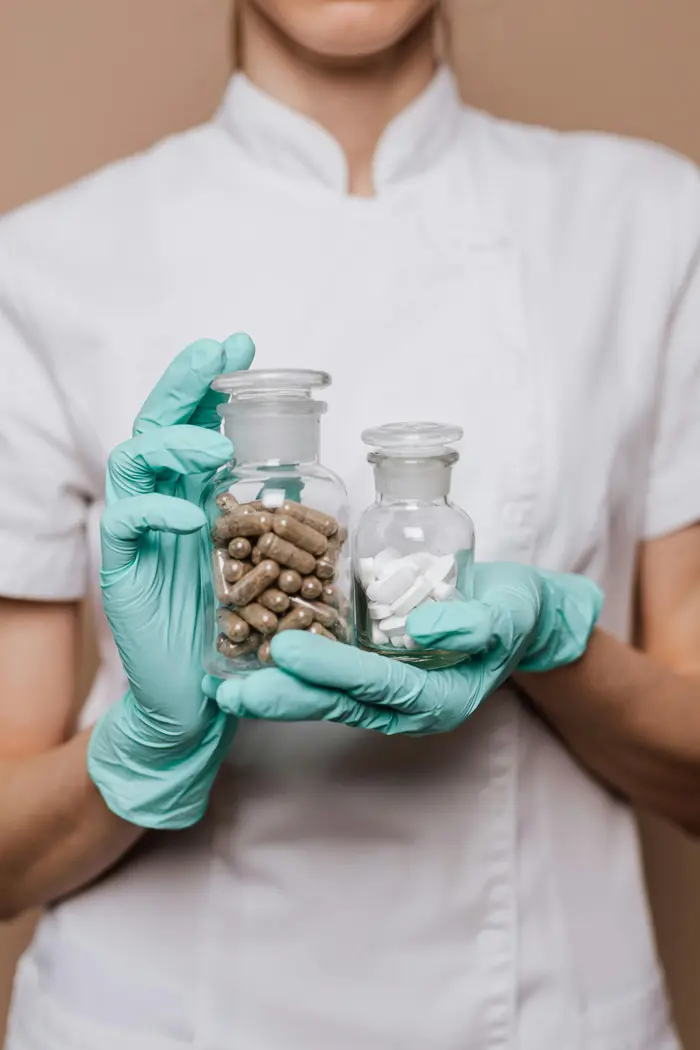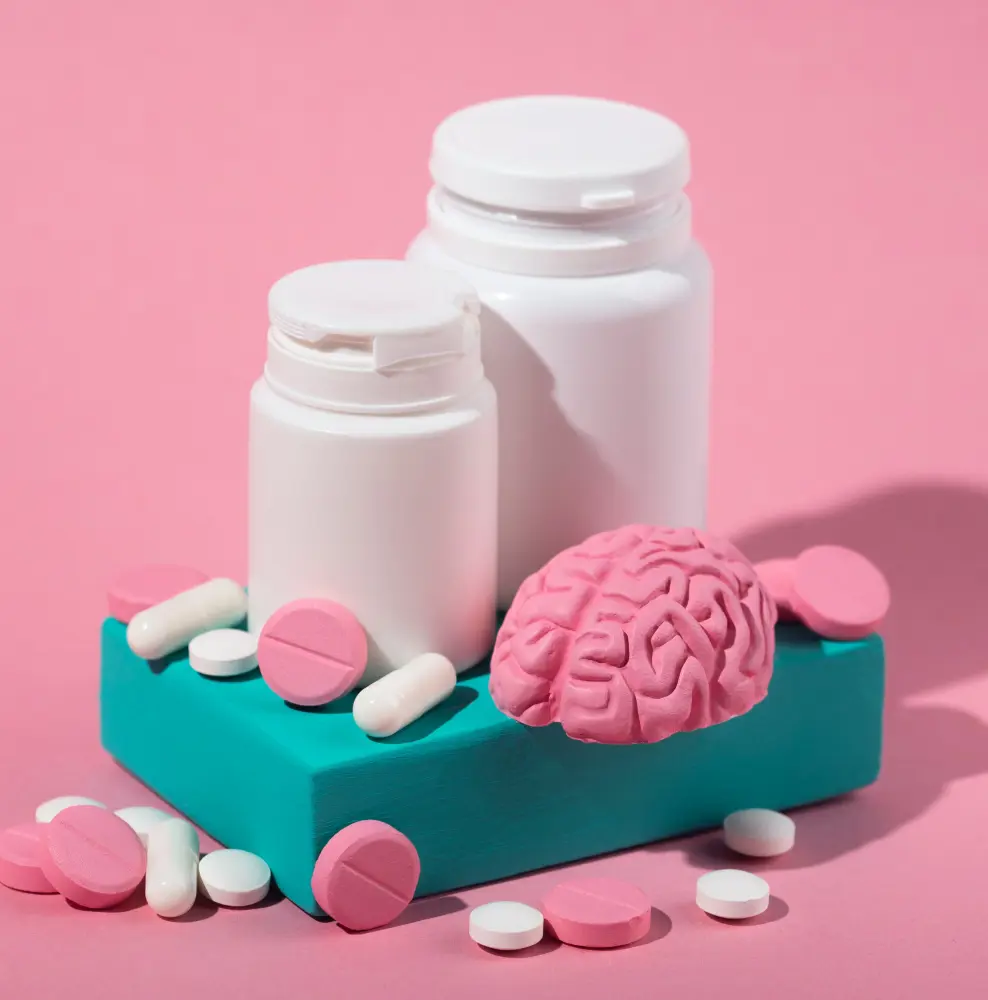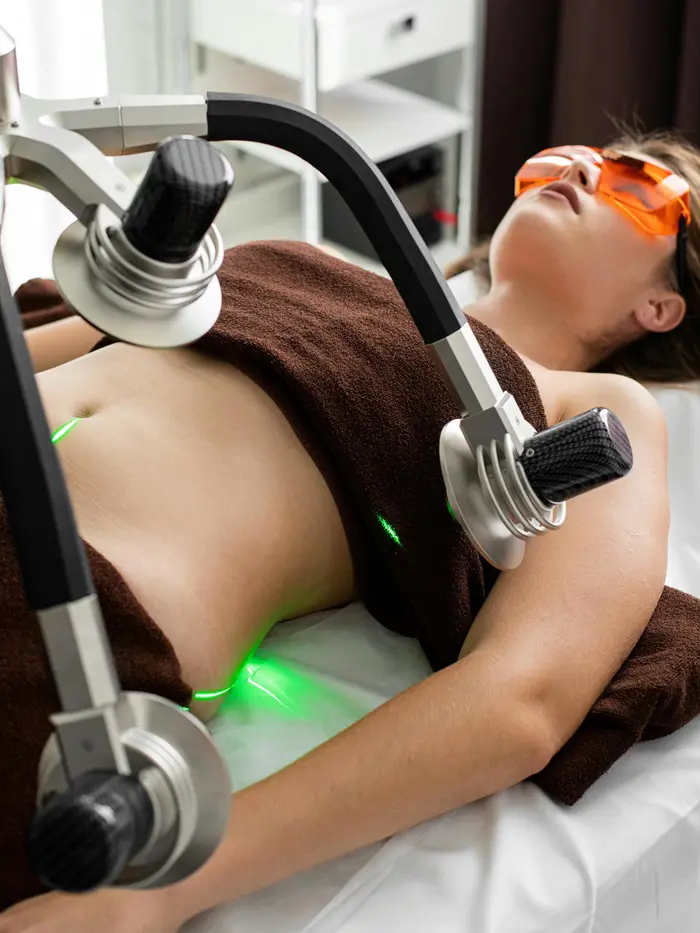A stroke, also known as a heart attack of the brain, happens if there is a blockage in the blood vessels of the brain and bleeding in the brain. This life-threatening condition is a medical emergency and immediate medical care is needed to prevent the damage.
Though stroke kills a lot of people yearly and is a major cause of disability, many people do not have the proper knowledge and are not aware of this condition including its risk factors and symptoms.
We have prepared this guide regarding stroke to help you better understand what the condition is, what causes it and what are some steps to follow in order to minimize its risks.
What Is A Stroke?
When the human brain does not have enough blood supply, it results in a medical emergency called a stroke. This situation is life-threatening because of the bleeding in the brain and blocked artery.
The steady supply of blood is disrupted if the arteries are blocked and bleeding in the brain which causes the brain cells to die because of the lack of oxygen. This is the reason for brain damage and death if not treated properly and on time.
A stroke is sometimes also called a brain attack because the brain cells are either dead or damaged. Even if this cerebrovascular disease is prevented, there can be a high chance of disability in the patient.
Who Are At The Risk Of Stroke?
Anyone can be prone to stroke from children to adults. However, this disease is more common among old people. It is estimated that around two-thirds of strokes happen in people aged more than 65. So, it is more common in the later stage of life.
Stroke comes in second in causing the most deaths worldwide. According to a report by WHO in 2020, Ischaemic heart disease is the biggest killer responsible for 16% of deaths while stroke is responsible for 11% of total death.
In the United States, strokes are the fifth most common reason for death, and world wide, it is the leading cause of disability.
Types Of Strokes
This cardiovascular accident is of four types which are listed below:
- Ischemic stroke
- Hemorrhagic stroke
- Transient ischemic attack (TIA)
- Cryptogenic stroke
Ischemic Stroke
The major cause of Ischemic stroke is the blockage of blood vessels in the brain. Blockage of blood vessels interrupts the blood flow toward the different parts of the brain. This leads to oxygen deficiency in the blood resulting in the death of brain cells and stroke.
More than 80% of Stroke are Ischemic Strokes and here are the major causes of Ischemic Stroke:
- Thrombosis: It is the condition of the formation of clots in the blood vessels of our brain.
- Embolism: If a clot forms in another organ and reaches the brain, this condition is called embolism. For example, a clot formed in the heart reaches the brain through blood vessels.
- Stenosis: This is the condition of the artery narrowing and obstructing the blood pathway.
- Lacunar stroke: Small blood vessels can be blocked if left untreated the diseases like hypertension, hyperlipidemia, and high blood sugar.
Fatty deposits which are known as plaque are also responsible for Ischemic stroke because they also block the blood vessels in the brain by buildup.
Hemorrhagic Stroke
Hemorrhagic strokes are caused by bleeding in the brain or the spaces that surround the brain. Bleeding occurs when the artery or vein in the brain ruptures or is damaged. This bleeding causes a lot of pressure on brain cells and kills them.
Here are the two causes of hemorrhagic stroke:
- Bleeding inside the brain: Blood vessels inside the brain tear and break open. It creates more pressure in surrounding brain cells.
- leaking blood into the subarachnoid space: The arachnoid membrane is a thin membrane that surrounds the brain and the space between it and the brain is called subarachnoid space. If any damage happens to the blood vessels in the subarachnoid space, it can cause a stroke.
Transient Ischemic Attack (TIA)
Transient ischemic attack is a condition in which blood flow to the brain stops temporarily. This condition is also called a mini-stroke. This is not as fatal as the previous two strokes. It could damage your brain cells and increase the risk of future strokes. So, these are also called warning strokes.
Cryptogenic stroke
It is a condition when the underlying causes of the stroke cannot be determined through medical checkups and evaluation.
Causes And Risk Factors
The cause and risk factors of stroke could differ according to the type of stroke. Certain factors drastically increase the possibility of stroke.
Here are some of the risk factors of stroke:
- Medical Conditions: Medical conditions like High blood pressure, high cholesterol, diabetes, and atrial fibrillation (irregular heartbeat) significantly increase the risk of stroke.
- Smoking
- Alcohol consumption
- Using illicit drugs
- Lack of exercise
- Obese and Overweight
Other risk factors
- Age: People aged more than 55 are at higher risk of stroke than younger people. Stroke risk gradually increases as you get older.
- Gender: Men are more likely to suffer from stroke than women. Women can be the victim of this fatal disease during pregnancy and postmenopausal period.
- Family history: The probability of stroke increases if the family member of a person has a history of stroke.
- Race and ethnicity: Hispanics, American Indians, and African Americans are more prone to this condition than that of white American adults.
Signs And Symptoms Of Stroke
You need to know the signs and symptoms of stroke so that you can analyze the condition and seek medical assistance if you or someone else has it.
The signs and symptoms of stroke could differ according to the part of the affected brain. It is because the different areas of the brain control different functions. Here are some of the signs and symptoms of the stroke:
- Paralysis
- Vision problems in one or both eyes (diplopia)
- Headache
- Difficulty in walking, speaking (Aphasia), and hearing
- Slurred or garbled speaking (dysarthria)
- Lost balance and loss of coordination (ataxia)
- Dizziness, Nausea, and vomiting
- Loss of one side muscle control of your face
These symptoms and signs could be encountered suddenly so it's important to call an ambulance as soon as you detect these symptoms.
Stroke can be a factor in long-term health problems. Some people may also experience these symptoms of stroke:
- Bladder or bowel control problems
- Difficulty expressing their emotions
- Depression
F.A.S.T. Strategy to identify stroke
It is crucial to remember the signs and symptoms of the stroke for its identification. A quick identification helps for the early action and possibly cure the condition.
Here we have listed an acronym F.A.S.T. to remember the signs and symptoms easily.
F-Face dropping: Observe the face of the patient keenly. Do you notice that the one side of the face drops? How does his smile look?
A-Arm weakness: Ask the patient to raise his arm. Do you notice any weakness in his arm? Are there any drifts in the arm's posture?
S-Speech difficulty: Ask the patient to speak some words. Is his speech slurred or garbled? Do you understand his speech? Is there any difference in speech sound?
T-Time to call emergency service: You must call the emergency if you feel any of these symptoms or see a patient with these symptoms. A quick action could save a life because every second counts if someone gets a stroke.
It will be helpful if you note down the time of symptoms appear. This will be useful for medical personnel to determine the best possible treatment. Stroke treatments are best if they are recognized and diagnosed within three hours of symptoms. So, a quick and right decision is necessary in every second.
How to Diagnose Stroke?
Health Professionals diagnose a stroke by conducting neurological examination, diagnostic imaging, and other tests.
Physical Examination: A doctor will begin the diagnosis by examining the patient's physical condition. He will examine if the patient is weak, numb, or is speaking or not. Blood pressure, heart rate, muscle strength, and vision of the eye are also assessed.
Review of Medical History: Doctors will review your medical history and analyze your present lifestyle along with any cases of stroke in your family member.
Imaging Tests: These tests help to confirm a stroke, determine the type of stroke, and locate the exact area affected by stroke.
Electrocardiogram (ECG): ECG is used for checking irregular heart rhythms.
Blood Tests: Blood tests are done to determine if the patient is stroke risk or not. It determines cholesterol levels, and sugar levels, and checks for blood clotting abnormalities.
Transcranial Doppler (TCD): This test also uses sound waves to measure the amount of blood flow to the brain.
Treatment Of Stroke
Treatment of stroke depends on the type of stroke and how the doctor assesses the severity of the patient. The treatment of stroke concentrates on two goals. The first one is to minimize brain damage and the second one is to prevent future possible strokes.
Treatment of Ischemic Stroke
The major goal while treating Ischemic stroke is to circulate the blood flow in the affected area of the brain. If this is done within time, permanent brain damage can be prevented or there will be minimal damage. Health professionals use a medication type called thrombolytic to restore the blood flow in the brain.
Treatment of Hemorrhagic Stroke
The treatment of Hemorrhagic stroke depends on the location of blood vessel damage and the severity of bleeding. One way to minimize the worst situation is to lower the blood pressure which will reduce the bleeding. Health professionals also try to improve the clotting to stop the blood flow. In some cases, Surgery is also needed to release the pressure created by blood in the brain.
Rehabilitation
Rehabilitation plays an important role in treating patients after the emergency phase. It helps patients to recover their lost function and improve their quality of life. It can be done by using many approaches such as:
- Speech Therapy: Addresses the communication problems
- Physical Therapy: Improves coordination, movement, and balance
- Occupational Therapy: Helps to relearn daily life activities like bathing, dressing, brushing
- Cognitive Therapy: Improves memory, thinking and problem-solving capacity
How To Reduce The Risk of Stroke?
Stroke can happen to anyone at any time. But the possibility of stroke can be reduced by following the different preventive measures described below:
Maintain a healthy Lifestyle: A healthy diet and daily exercise not only maintain your good health but reduce the possibility of different diseases including stroke. A healthy lifestyle also includes enough sleep and rest ( about 6-8 hours of sleep)
Avoid Smoking, alcohol, and risky lifestyle choices: Smoking and alcohol consumption are the major factors of stroke. So, quitting smoking improves your cardiovascular health, and avoiding alcohol improves your blood pressure and lowers the risk of stroke.
Manage chronic health conditions and risk factors: High blood pressure, high cholesterol level, and diabetes are chronic health conditions and major risk factors for stroke. So, these risk factors should be managed by controlling obesity, doing daily exercise, and eating a healthy diet. Medications should be taken if necessary.
Stress management: Stress can lead to high blood pressure and lead to stroke. So, involvement in stress management techniques like yoga and meditation reduces the stroke possibility.
Family History: It is better to know about the family history of stroke. It helps to take precautions and could prevent possible damage.
Regular checkup: A regular checkup helps to detect the problems in your body including stroke. So, visiting your doctor at least once in year could be beneficial.
Content Sources:









